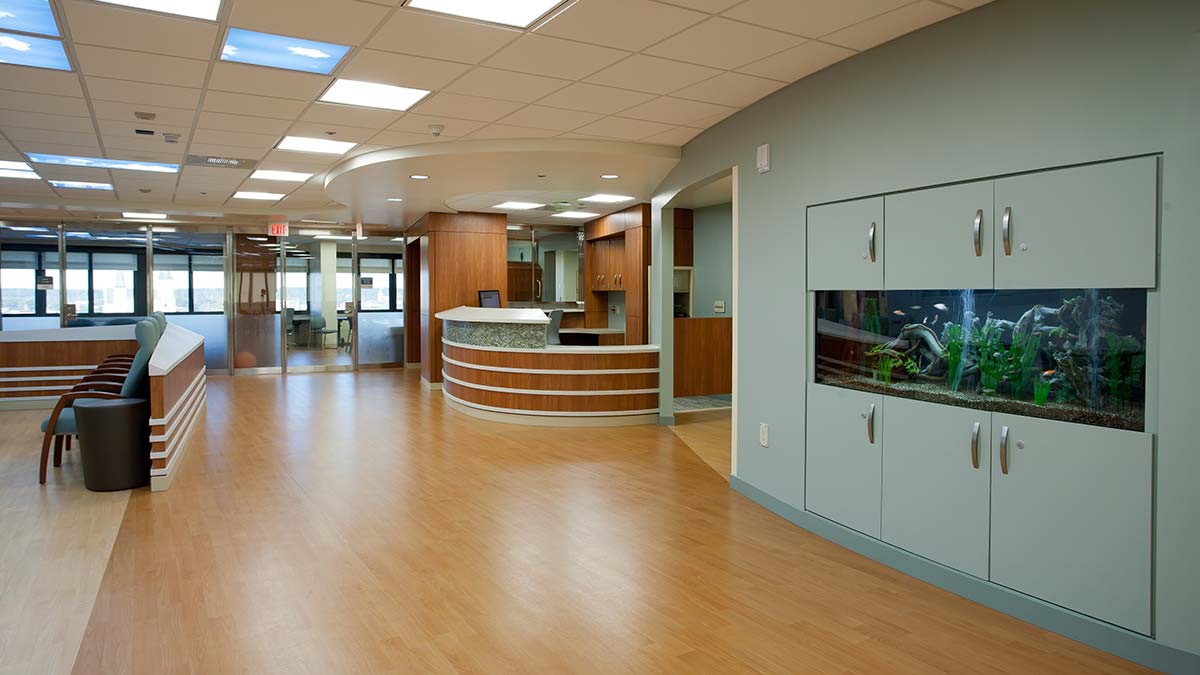
An alarming problem is spreading in many communities across the United States. Hospital emergency rooms are seeing a rise in the number of persons under mental distress being admitted, and they are not equipped to deal with them properly.
Kristin Jones, in a series for the Colorado Gazette, writes that while the demand for beds in psychiatric treatment facilities has gone up, that need has not been met by an increase in availability. This is a problem that is particularly troubling in rural areas.
For many individuals showing signs of severe mental distress, the emergency room is where they are taken. It goes without saying that those who have attempted suicide are frequently taken to a general hospital first for immediate care.
Many of these facilities do not have a staff specifically trained to evaluate these patients properly or provide the type of care they need. They also do not have a built environment designed to keep these patients, hospital staff, and other patients and their families safe.
Contractors, architects, and designers are in an excellent position to help alleviate the problem with the built environment. Not only do more ligature-resistant products enter the marketplace all the time, they also continue to evolve. This new generation is designed to help create a more familiar and welcoming atmosphere for patients while ensuring the same level of safety.

Recommending such products to the client spreads awareness throughout the industry that it’s no longer necessary to choose form or function—they can provide patients with the best of both worlds.
While it won’t solve the problem of suicides in hospitals by itself, incorporating ligature-resistant fixtures and products creates a safer environment, especially in areas like bathrooms where patients are often unsupervised.
In a patient bathroom you want to be sure you are using ligature-resistant products such as robe and towel hooks, grab bars, mirrors, wash basins, faucets, soap dishes, paper roll holders, toilets, and flush valves.
For those not as familiar with the special safety considerations that go along with caring for patients at risk of suicide, there is a tool available that could provide assistance. Though originally developed for behavioral health facilities, it can serve hospitals and clinics equally well.
Editor’s Note
12/20/2020
Since this article was originally written, the National Association of Psychiatric Health Systems has changed their name to the National Association for Behavioral Healthcare and ceased publication of their Design Guide for the Built Environment of Behavioral Health Facilities. This resource is now known simply as the Behavioral Health Design Guide and is produced by Behavioral Health Facility Consulting. It remains free to download on their website.
For more information on BHFC and its principal, Kimberly McMurray, see our September 2020 interview with her.
